Residence Germany Nationality German Name Karl Weierstrass | Role Mathematician Institutions Gewerbeinstitut | |
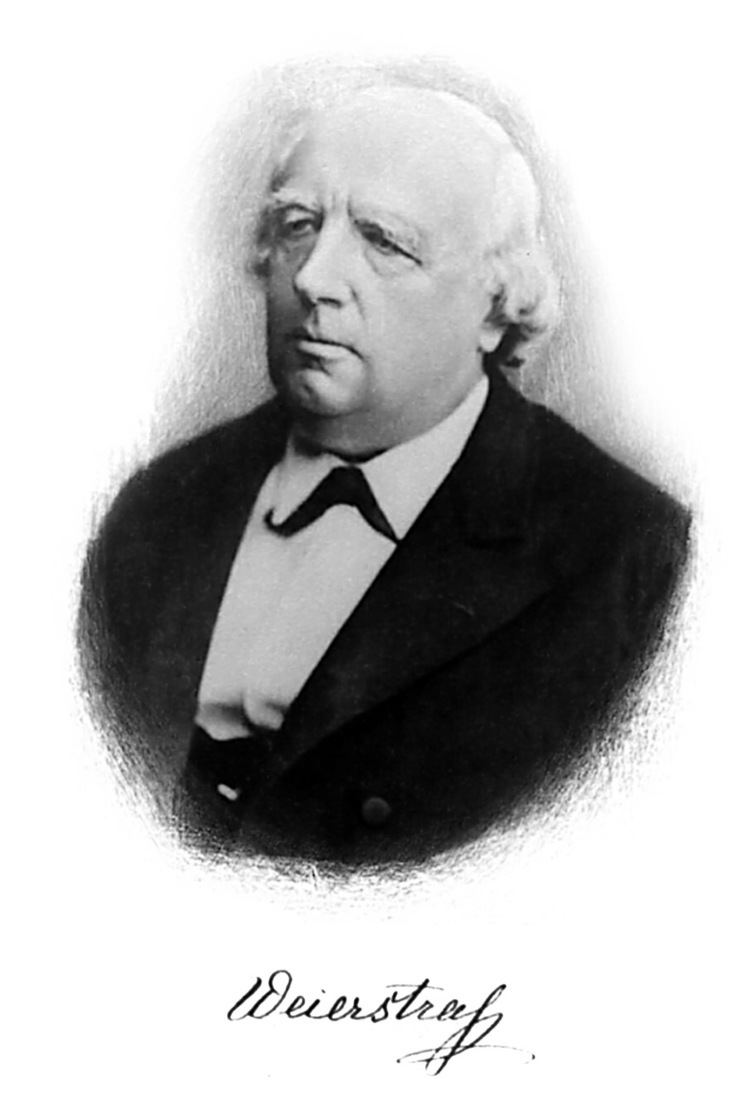 | ||
Alma mater University of BonnMunster Academy Died February 19, 1897, Province of Brandenburg Books Ausgewählte Kapitel aus der Funktionenlehre, Theorie der Abel'schen Functionen Parents Wilhelm Weierstrass, Theodora Vonderforst Similar People Bernard Bolzano, Sofia Kovalevskaya, Georg Cantor, Carl Gustav Jacob Ja, Leopold Kronecker | ||
Karl weierstrass google
Karl Theodor Wilhelm Weierstrass (German: Weierstraß [ˈvaɪɐʃtʁas]; 31 October 1815 – 19 February 1897) was a German mathematician often cited as the "father of modern analysis". Despite leaving university without a degree, he studied mathematics and trained as a teacher, eventually teaching mathematics, physics, botany and gymnastics.
Contents
- Karl weierstrass google
- Karl weierstrass 1
- Biography
- Soundness of calculus
- Calculus of variations
- Other analytical theorems
- Students
- Honours and awards
- Selected works
- References
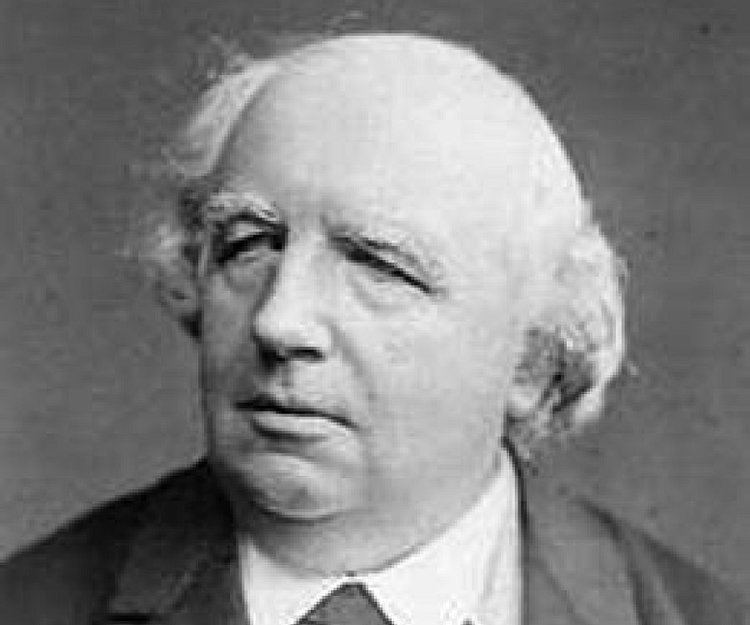
Weierstrass formalized the definition of the continuity of a function, proved the intermediate value theorem and the Bolzano–Weierstrass theorem, and used the latter to study the properties of continuous functions on closed bounded intervals.
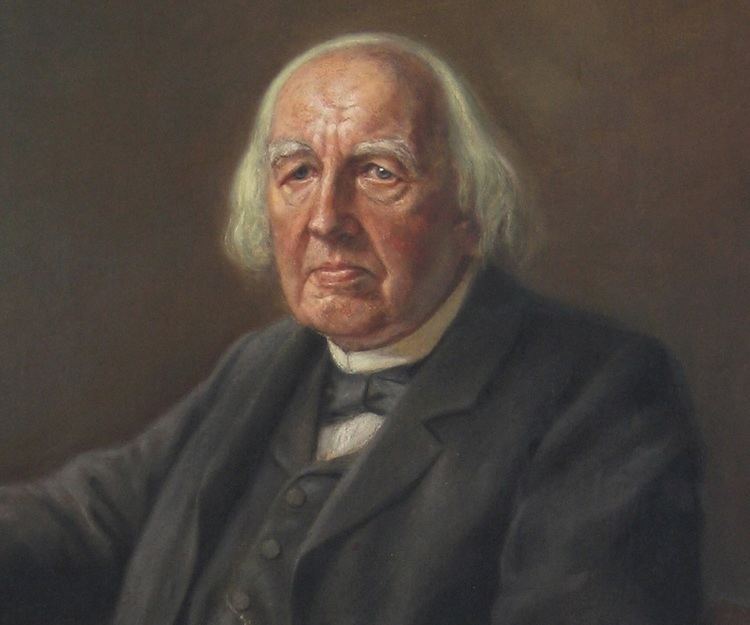
Karl weierstrass 1
Biography
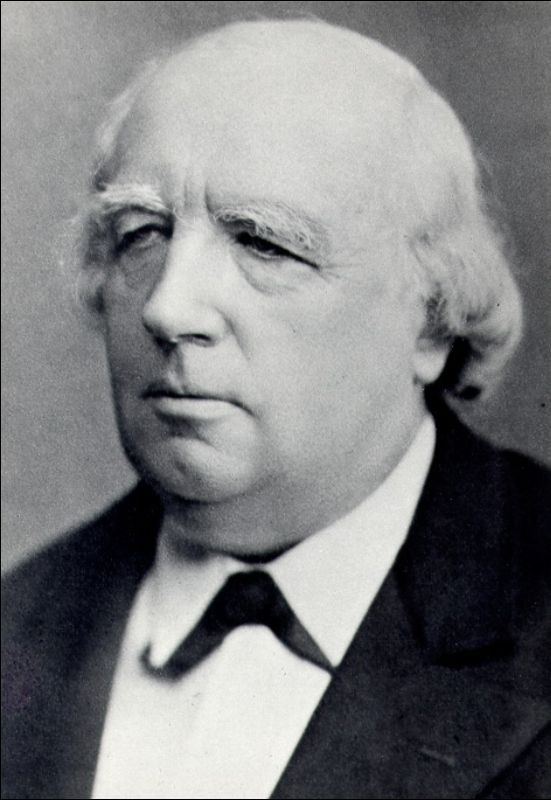
Weierstrass was born in Ostenfelde, part of Ennigerloh, Province of Westphalia.
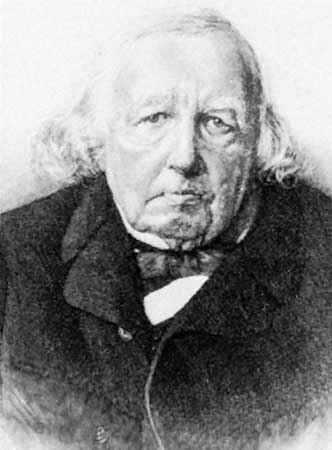
Weierstrass was the son of Wilhelm Weierstrass, a government official, and Theodora Vonderforst. His interest in mathematics began while he was a gymnasium student at the Theodorianum in Paderborn. He was sent to the University of Bonn upon graduation to prepare for a government position. Because his studies were to be in the fields of law, economics, and finance, he was immediately in conflict with his hopes to study mathematics. He resolved the conflict by paying little heed to his planned course of study, but continued private study in mathematics. The outcome was to leave the university without a degree. After that he studied mathematics at the Münster Academy (which was even at this time very famous for mathematics) and his father was able to obtain a place for him in a teacher training school in Münster. Later he was certified as a teacher in that city. During this period of study, Weierstrass attended the lectures of Christoph Gudermann and became interested in elliptic functions.
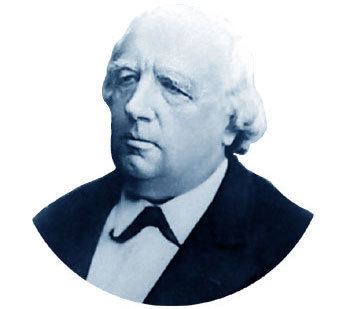
In 1843 he taught in Deutsch Krone in West Prussia and since 1848 he taught at the Lyceum Hosianum in Braunsberg. Besides mathematics he also taught physics, botanics and gymnastics.
Weierstrass may have had an illegitimate child named Franz with the widow of his friend Carl Wilhelm Borchardt.
After 1850 Weierstrass suffered from a long period of illness, but was able to publish papers that brought him fame and distinction. The University of Königsberg conferred an honorary doctor's degree on him on 31 March 1854. In 1856 he took a chair at the Gewerbeinstitut, which later became the Technical University of Berlin. In 1864 he became professor at the Friedrich-Wilhelms-Universität Berlin, which later became the Humboldt Universität zu Berlin. He was immobile for the last three years of his life, and died in Berlin from pneumonia.
Soundness of calculus
Weierstrass was interested in the soundness of calculus, and at the time, there were somewhat ambiguous definitions regarding the foundations of calculus, and hence important theorems could not be proven with sufficient rigour. While Bolzano had developed a reasonably rigorous definition of a limit as early as 1817 (and possibly even earlier) his work remained unknown to most of the mathematical community until years later, and many mathematicians had only vague definitions of limits and continuity of functions.
Delta-epsilon proofs are first found in the works of Cauchy in the 1820s. Cauchy did not clearly distinguish between continuity and uniform continuity on an interval. Notably, in his 1821 Cours d'analyse, Cauchy argued that the (pointwise) limit of (pointwise) continuous functions was itself (pointwise) continuous, a statement interpreted as being incorrect by many scholars. The correct statement is rather that the uniform limit of continuous functions is continuous (also, the uniform limit of uniformly continuous functions is uniformly continuous). This required the concept of uniform convergence, which was first observed by Weierstrass's advisor, Christoph Gudermann, in an 1838 paper, where Gudermann noted the phenomenon but did not define it or elaborate on it. Weierstrass saw the importance of the concept, and both formalized it and applied it widely throughout the foundations of calculus.
The formal definition of continuity of a function, as formulated by Weierstrass, is as follows:
Using this definition, he proved the Intermediate Value Theorem. He also proved the Bolzano–Weierstrass theorem and used it to study the properties of continuous functions on closed and bounded intervals.
Calculus of variations
Weierstrass also made significant advancements in the field of calculus of variations. Using the apparatus of analysis that he helped to develop, Weierstrass was able to give a complete reformulation of the theory which paved the way for the modern study of the calculus of variations. Among the several significant axioms, Weierstrass established a necessary condition for the existence of strong extrema of variational problems. He also helped devise the Weierstrass–Erdmann condition, which gives sufficient conditions for an extremal to have a corner along a given extrema, and allows one to find a minimizing curve for a given integral.
Other analytical theorems
Students
Honours and awards
The lunar crater Weierstrass and the asteroid 14100 Weierstrass are named after him. Also, there is the Weierstrass Institute for Applied Analysis and Stochastics in Berlin.
